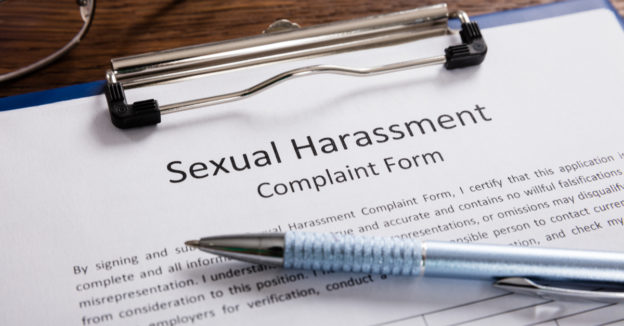Stuart Leviton, Esq.
With the advent of the #MeToo Movement, many now want to take for granted that which has not always been the case – namely that sexual harassment is both prohibited by law and that organizations adopt and enforce policies and procedures that effectively address and redress sexual harassment in the workplace. While the #MeToo Movement has raised awareness, it is naive to believe that awareness alone will stop sexual harassment in the workplace.
We sometimes forget that it was not until the federal Civil Rights Act of 1964 that discrimination based on sex was even prohibited in the workplace, and it was not until 1986 that the U.S. Supreme Court recognized sexual harassment as a form of sex discrimination. As such, there remains a generation of managers in the workplace who started their careers before sexual harassment was even illegal. And it is now obvious that notwithstanding additional subsequent legal protections and evolving cultural change, sexual harassment in the workplace is still a significant challenge.
I am now convinced that viewing sexual harassment solely through a legal lens is inadequate and ineffective, and is, at best, a means of cleaning up after the fact. Think about it. The law’s response to sexual harassment is to prohibit it. But when has prohibition of anything, alone, worked? It did not work with alcohol, and it has not worked with drugs. And it will not work as the sole response to regulating human behavior.
Fundamentally, sexual harassment is about unwanted, unwelcome, non-consensual behavior between people. Unless and until we address the underlying behavior, a “just say no” campaign will not work.
So, how do we address and, over time, modify and adapt employee behavior? We must start by looking at (and modifying) an organization’s culture.
Here is one suggestion for starting the process of introspection, evolution, and cultural change. Embark on a review of your employee handbook. Although an employee handbook should contain a list of do’s and don’ts and the basic terms and conditions of employment, the foregoing alone is not sufficient. An employee handbook must also reflect an organization’s values and support an organization’s mission. An organization must articulate a set of values that tend to support positive employee interaction and discourage negative employee interaction. And the lived experience must mirror those values. Otherwise, challenges will persist.
Imagine an employee handbook containing the following opening statement of principles and values:
We as an organization start from a place where every employee is important and valuable, and we strive each day to validate, respect, and support every employee. We ask that every employee embrace these fundamental values and live them. While we are cognizant of our legal obligations and strive to meet each one, the law alone does not define a minimum standard of acceptable behavior in our workplace. We expect more of our organization, and we expect more from each of you, our employees.
We also understand that from time to time, both our organization and our employees will come up short and will not meet expectations. When this happens, we ask that all involved acknowledge their own responsibility, if any, work proactively and constructively with each other to remedy any shortcomings, and embrace change when needed so that unacceptable behavior does not happen again.
We are imperfect humans, striving to do our best. We are also members of a community who must support one another, even if any particular member fails to meet expectations. Always strive for excellence. But never forget to be forgiving.”
Now imagine an organization that believes and lives by that statement and has employees who do the same. There are no guarantees of different outcomes, but there is a greater likelihood that instances of sexual harassment in the workplace either will be reduced, or will be addressed and redressed more quickly, more appropriately, and more effectively if they do occur.
